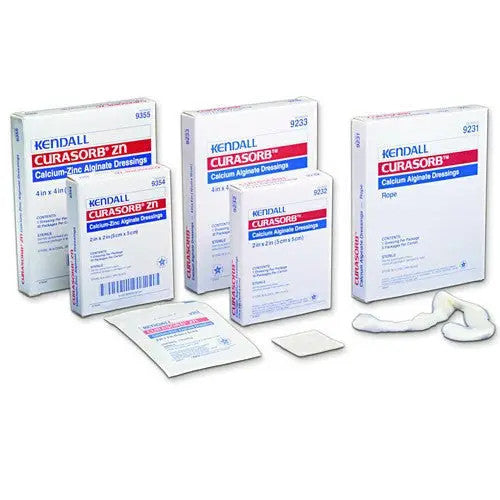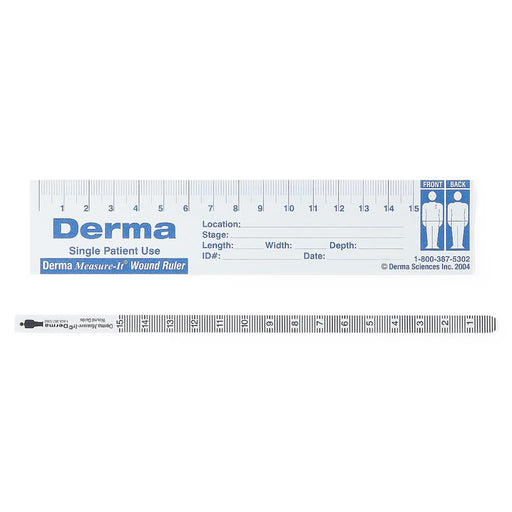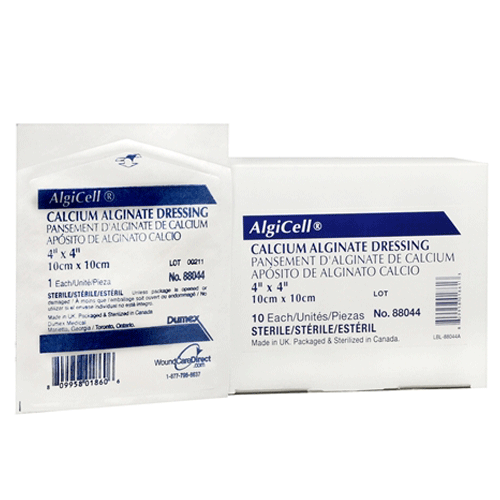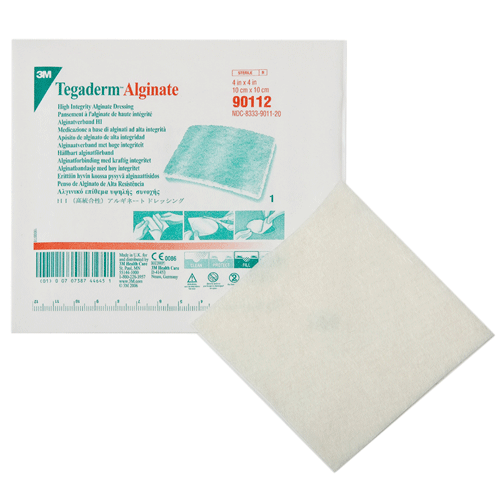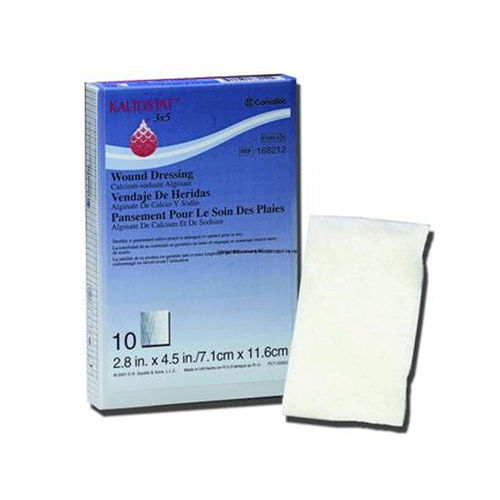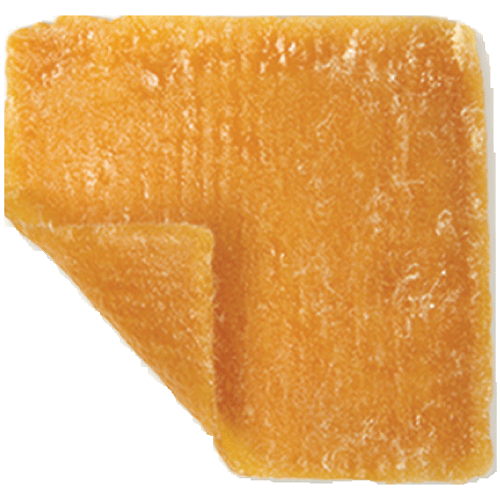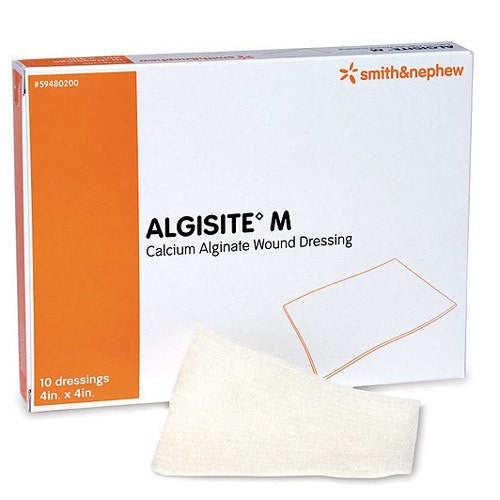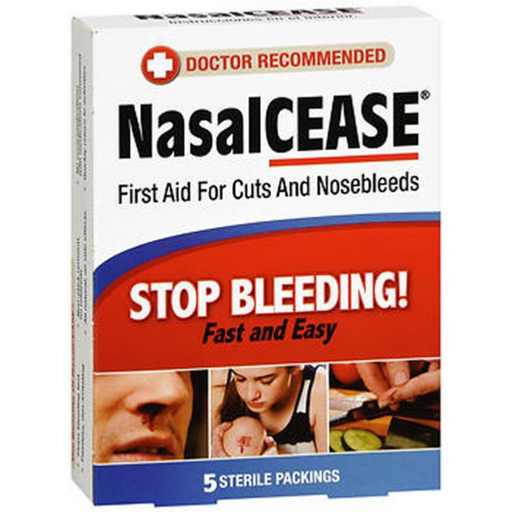What is Wound Packing Gauze
Wound packing gauze is a type of medical gauze specifically designed for use in packing wounds. It's typically used to fill deep or irregularly-shaped wounds to help control bleeding and promote healing. This gauze can be impregnated with substances such as antiseptics or hemostatic agents to aid in preventing infection and enhancing clotting, respectively.
The gauze works by absorbing blood and exudate, providing a moist environment conducive to healing, while maintaining pressure on the wound to help stop bleeding. It's commonly used in emergency, surgical, and combat settings for managing severe bleeding and is a crucial component of trauma care.
Types of Wound Packing Gauze
Wound packing gauze comes in various types, each tailored to specific needs and situations:
- Standard Gauze: Made of cotton, it's commonly used for general wound packing. It absorbs blood and exudate but may require frequent changing.
- Impregnated Gauze: This type is coated with substances like antiseptics (e.g., iodine) or petrolatum to reduce infection risk and keep the wound moist.
- Hemostatic Gauze: Containing agents like kaolin or chitosan, this gauze promotes rapid clotting and is often used in trauma situations to control severe bleeding.
- Antimicrobial Gauze: Contains agents such as silver and is designed to prevent microbial growth, reducing the risk of infection.
- Foam Gauze: Combines gauze with foam to offer better absorption and cushioning, suitable for wounds requiring high absorbency.
- Xeroform Gauze: Coated with a petrolatum blend containing bismuth tribromophenate, used for its soothing properties and to maintain a moist wound environment.
These types are chosen based on factors like the wound's depth, location, and the presence of infection or severe bleeding.
How to Pack A Wound with Wound Packing Gauze:
Packing a wound with gauze is a critical skill in managing deep or irregular wounds. Here’s a step-by-step guide on how to do it:
Assess the Wound:
- Determine the depth, size, and shape of the wound.
- Assess for severe bleeding and apply pressure if necessary.
Gather Supplies:
- Antiseptic solution (if available)
- Wound packing gauze (standard, hemostatic, or other types as needed)
- Gloves
- Tape or bandage to secure the dressing
Hand Hygiene and Gloves:
- Wash your hands thoroughly.
- Put on sterile gloves to prevent infection.
Clean the Wound:
- If possible, irrigate the wound with saline or clean water to remove debris.
- Pat the surrounding skin dry.
Pack the Wound:
- Select the appropriate type of gauze.
- Begin packing from the deepest part of the wound, using a clean instrument or gloved hands.
- Gently fill the wound cavity with gauze, avoiding excessive pressure.
- Ensure the gauze extends slightly above the wound surface to facilitate removal.
Secure the Dressing:
- Cover the packed wound with a sterile dressing or bandage.
- Secure it with tape, ensuring the dressing stays in place but does not restrict circulation.
Monitor and Change Dressing:
- Regularly check the wound for signs of infection or increased bleeding.
- Change the packing as per medical advice, usually once daily or when saturated.
Seek Medical Attention:
- Ensure the person receives follow-up care from a healthcare provider.
Proper training is recommended for anyone likely to perform wound packing, and in serious situations, seek professional medical help immediately.


